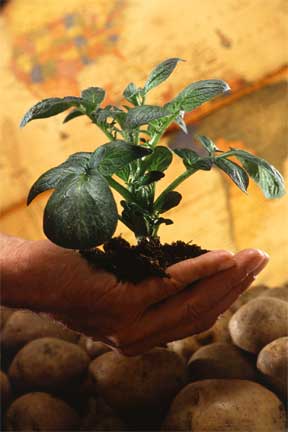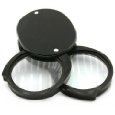When your plants look sick indoors or out many plant owners cannot gather the courage or dare to think they could diagnosis the problems of a sick plant. Those jobs are for the experts only.
There is a simple and easy system for diagnosing plant troubles. Once you get the hang of it, you will be your own expert. Old-time gardeners learn this technique from months of observation and years of experience. You can pick it up as a system and perfect it as you observe.
Step 1
When you see a plant that looks ailing, running behind in growth, ragged of leaf or poor in flowering, check it first for the things that are most likely to cause trouble. Then move by the process of elimination from the most likely to the least likely. Go through a series of questions like:

- Does it get the kind of care that makes for a vigorous growing plant
- Is the watering – OK?
- How’s the Fertilizer – OK?
- What about the lighting, shade? Sun?
-
What happened to the plant last year?
In the landscape, you can almost bet the same pests and diseases revisit the same plant in the same area in the same season year after year. - If it’s something new, do the symptoms fit in with other things happening in the neighborhood for example – lack of iron?
Step 2
Do the plants have any special susceptibilities or issues? This might discover this by reading or, gain this knowledge by experience.
Step 3:
Don’t look for the unusual until you check off the usual. In reading magazines and books on plants and their culture, the unusual things frequently get a bigger play than they deserve. First look for the obvious. Think of plant diagnosis like a doctor would. The doctor asks and looks for symptoms of the common troubles first. They do not look for the signs of Alzheimer’s in a 6-year-old child. They begin looks for the most common ailments like cold, flu, chicken pox, etc.
Step 4:

Learn the great value of the magnifying glass or hand lens. Few plant amateurs know how many pests and diseases can be seen and understood when a little magnification is put on the culprit. You might say the hand lens is to the plant doctor what the stethoscope is to the physician – a constant and invaluable companion.
For many years, many homeowners have come to their county extension agents with spotted, eaten branches in their hands and puzzled looks on their faces. Armed with little than a magnifying glass they have together examined the spots on damaged leaves under the glass with strong light on the subject. The world has opened as these plant enthusiast discovered things they had no idea were there:
- Young scale insects on stems
- White fly nymphs
- Thrips
- Mites
- Aphids in varying stages of maturity
- Holes made by sticking insects
- Fruiting bodies of fungus
- Odd growths and even miniature equivalents of mushrooms
The under side of the leaves are the campground for most of the tiny insects. Look there first, but examine all parts eventually.
Once you get the habit of looking at leaves and flowers with a magnifying glass it can become as much fun as any other aspect of growing plants.
Congratulations on your first class at plant problem school.
Author – Geo. S. Hensill – edited by Zone10 Staff
